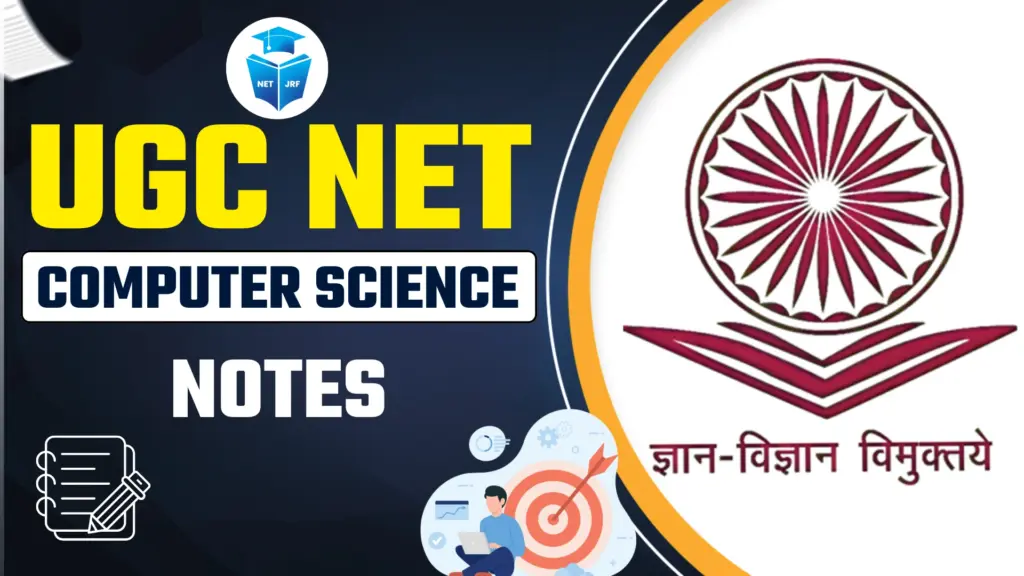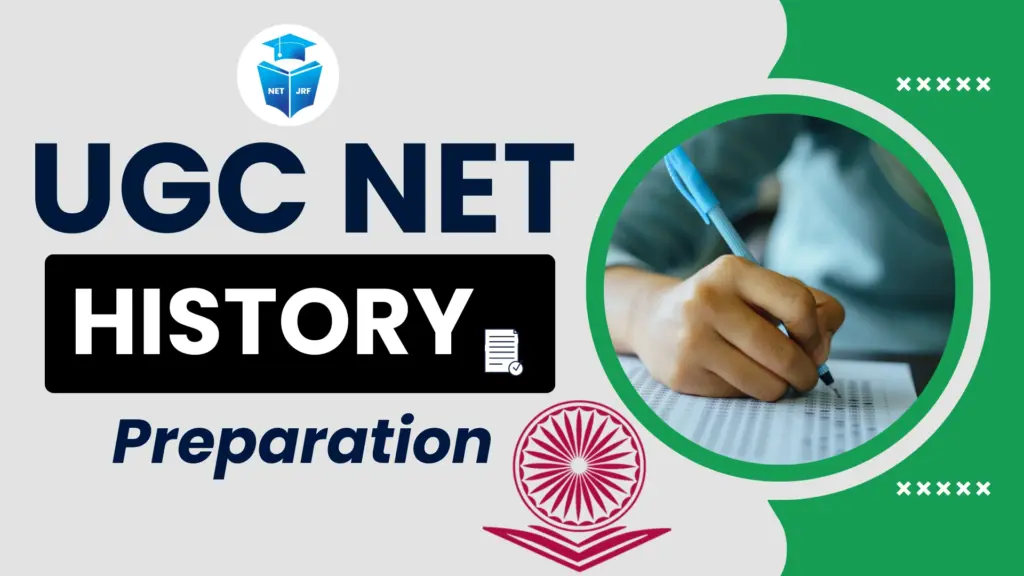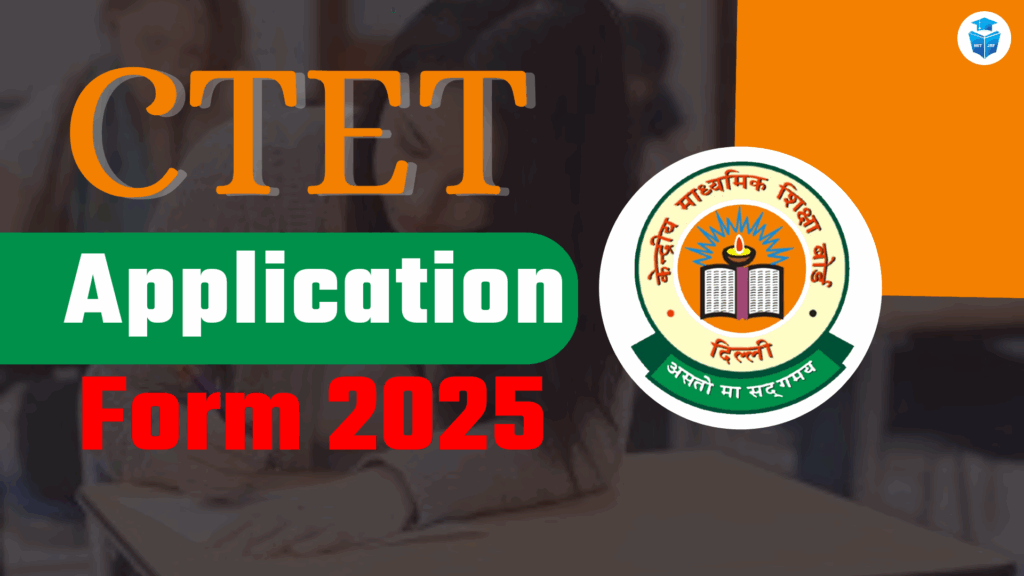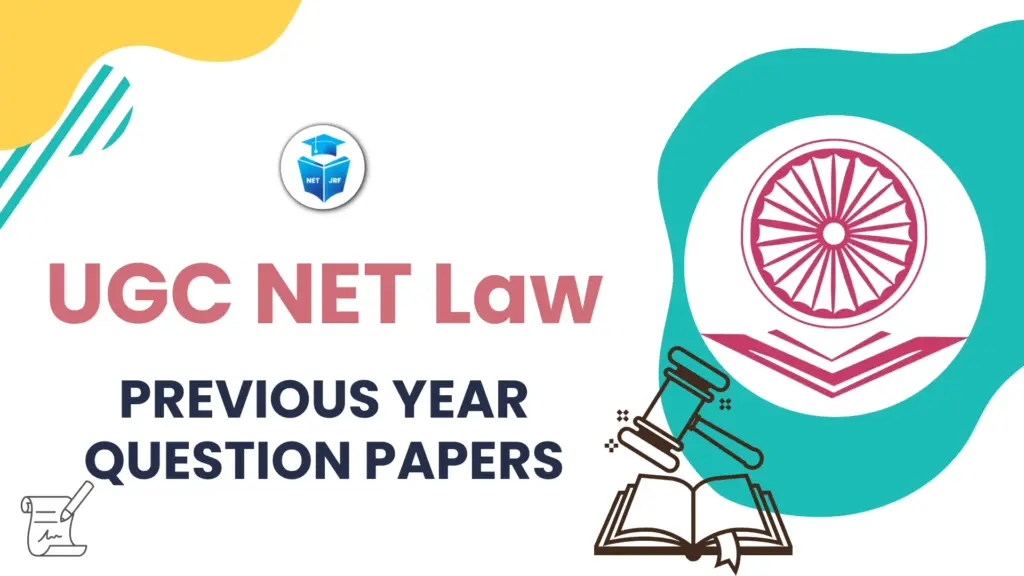The Sangam Age (roughly between 300 BCE to 300 CE) is one of the most important periods in South Indian history. It was a time when Tamil culture, literature, and governance flourished in the region now known as Tamil Nadu and parts of Kerala, Karnataka, and Andhra Pradesh. For students preparing for the UGC NET, this age is a goldmine of information about ancient Indian polity, society, and culture.
Sangam Literature and What It Tells Us About South India: UGC NET Guide
What is Sangam Literature?
Sangam Literature refers to a collection of poems written by Tamil poets in ancient assemblies called “Sangams.” These were gatherings of poets who wrote about the life, politics, and values of their time. These texts are the earliest examples of Tamil writing and give us a window into early South Indian life.
Timeline of Sangam Period
| Period | Approximate Dates | Features |
| Early Sangam | 300 BCE – 100 BCE | Formation of early poems and society |
| Middle Sangam | 100 BCE – 100 CE | Rise of kingdoms, Puram and Akam poetry |
| Late Sangam | 100 CE – 300 CE | Trade expansion, cultural growth |
Political Life in the Sangam Age: UGC NET Focus
1. The Major Kingdoms
Three major dynasties ruled during the Sangam period:
- Cholas
- Chera
- Pandyas
These kings controlled large areas and were seen as strong rulers. They were respected for their courage in battle and for protecting their people. Smaller rulers called Velirs helped manage different regions.
Example: Instead of famous kings, imagine local leaders like today’s district magistrates helping the state government.
2. How the Government Worked
The king had a team of trusted people such as ministers, generals, and village chiefs. These people helped with:
- Making laws
- Collecting taxes
- Managing the army
- Taking care of trade
Royal courts were not just political centers but also supported poets, artists, and scholars.
3. Warfare and Peace Deals
War was common in the Sangam Age. Poems often talked about battles and the bravery of soldiers. Armies included:
- Foot soldiers
- Horsemen
- War elephants
- Naval forces
Diplomatic Marriages: Sometimes kings made peace by marrying into other royal families, just like how countries today sign peace treaties.
4. Military Pride
When brave warriors died in battle, their families built stone memorials called hero stones (Nadukal). These stones honored their courage and sacrifice.
Society in the Sangam Period: UGC NET Must-Know
1. Social Structure Without Castes
Society during this time was based more on people’s jobs rather than on rigid caste systems. Groups included:
| Group | Role |
| Farmers | Grew rice, millet, etc. |
| Artisans | Created tools, pottery |
| Traders | Bought and sold goods |
| Poets and Bards | Sang songs, wrote poetry |
| Warriors | Protected the land |
Even though there were social roles, movement between groups was not very strict.
2. Role of Women
Women in the Sangam Age had an active presence in society:
- Some were famous poets like Avvaiyar (example changed: think of a modern woman author like Sudha Murty).
- Women managed homes and even took part in wars.
- Though respected, women still faced some social limits, just like in many traditional societies.
Religion and Beliefs in Sangam Age: UGC NET Topic
People worshipped local gods connected to nature. Major deities included:
- Murugan (god of war, later seen as Kartikeya)
- Vishnu and Shiva
- Natural forces like rain (Indra) and sea (Varuna)
Jainism and Buddhism also had followers. Many kings supported monks and built places for religious learning.
Example: Just like Ashoka supported Buddhism in the North, Sangam rulers helped Jain and Buddhist monks in the South.
Economy and Trade in the Sangam Age: UGC NET Summary
1. Agriculture Was the Main Job
Most people were farmers. They grew crops like:
- Paddy (rice)
- Millet
- Sugarcane
Irrigation was common. The Chola king Karikala is remembered for building early dams and canals. This helped grow more food.
2. Trade and Business
Trade happened within the region and with other countries too. Goods were moved using roads, rivers, and sea routes.
Famous Ports:
- Puhar (Kaveripattinam): A busy port for international trade.
- Traders exchanged pearls, spices, and cotton with Rome and Southeast Asia.
Example: Think of Chennai or Kochi as today’s trade centers; Puhar played that role back then.
Art, Poetry and Everyday Life: UGC NET Cultural Highlights
1. Sangam Poems and Nature
Sangam literature often linked emotions with natural surroundings. This style is known as Tinai.
| Landscape (Tinai) | Region Type | Theme Example |
| Kurinji | Hills | Love and secrecy |
| Mullai | Forest | Waiting and calm |
| Marudam | Farmlands | Love and daily life |
| Neytal | Coastline | Sadness, separation |
| Palai | Deserts | Struggles and war |
Example: A love poem might compare missing someone to the vast loneliness of the desert.
2. Cultural Activities
Sangam people enjoyed:
- Music (drums, flutes, and singing)
- Dance (early forms of Bharatanatyam)
- Games (like dice and board games)
- Festivals celebrating seasons and gods
Artisans created beautiful pottery, jewelry, and textiles. These were often sold in markets or exported.
What Sangam People Believed: UGC NET Ethics and Values
Sangam literature highlights strong ethical values such as:
- Loyalty to king and country
- Hospitality towards guests
- Generosity towards the poor
- Honor in war and peace
Many poems celebrate great donors who gave away food, clothes, and money. This is called the Vallal tradition.
Example: A rich person giving free meals to travelers was highly respected, much like today’s philanthropists.
Cultural and Political Developments in the Sangam Age: A UGC NET Overview
Let’s sum up the major political and cultural changes during the Sangam Age.
Political Changes
- Kings had strong control over land and law.
- Local rulers (Velirs) helped manage smaller areas.
- Military power was important; armies were large and well-organized.
- Diplomacy was used to avoid conflicts or make friends through marriages.
Cultural Growth
- Literature and poetry were at their peak.
- Local traditions mixed with foreign ideas due to trade.
- Religion was diverse—Hindu gods, Jainism, and Buddhism all coexisted.
- Arts like embroidery, music, and dance were supported by kings.
Why the Sangam Age Matters: UGC NET
The Sangam Age was not just about kings and wars. It shows us how an ancient society:
- Respected both war and love equally
- Gave importance to nature and emotion
- Encouraged poets, traders, and farmers
- Had international connections through sea trade
The period also laid the foundation for Tamil culture, which still continues strongly today.
Sangam Age Summary for UGC NET Aspirants
Here’s a quick recap for your UGC NET preparation:
| Area | Details |
| Polity | Ruled by Cholas, Cheras, and Pandyas; helped by local chieftains |
| Society | Based on work, not caste; women had important roles |
| Religion | Worship of nature gods, Jainism and Buddhism |
| Economy | Agriculture + trade with Rome and Asia |
| Literature | Akam (love) and Puram (war) poetry; used landscapes as metaphors |
| Culture | Music, dance, festivals, crafts, and values like generosity and loyalty |
Sangam literature helps us understand not just history but the mindset of a whole civilization.
For UGC NET, the Sangam Age is a must-read topic because it connects politics, society, literature, and culture in a powerful way.
Conclusion
The Sangam Age marks a vibrant and foundational era in South Indian history. It reflects a time when literature, governance, trade, and art flourished together. Powerful dynasties like the Cholas, Cheras, and Pandyas shaped strong political systems. Society valued ethics, nature, and emotional expression, seen clearly in Sangam poetry. With agriculture and international trade boosting the economy, the period stood out for its cultural and economic prosperity. For UGC NET aspirants, studying the Sangam Age offers deep insights into India’s early civilization and its lasting contributions to Tamil identity, making it a key topic in historical and literary studies.
Sangam Age for UGC NET FAQs
What is the Sangam Age?
The Sangam Age (300 BCE–300 CE) was an ancient period in Tamil history known for its rich literature, strong kingdoms, and cultural development in South India.
Which dynasties ruled during the Sangam Age?
The Cholas, Cheras, and Pandyas were the dominant dynasties. They ruled large territories and contributed significantly to administration, warfare, and patronage of literature.
What are Akam and Puram poems?
Akam poems focus on personal emotions and love, while Puram poems describe war, heroism, and societal values—both forming the essence of Sangam literature.
What were the key economic activities?
Agriculture was the main occupation, especially paddy farming. Trade, both inland and overseas (with Rome and Southeast Asia), also boosted the economy.
What was the social structure like?
Society was based on occupation. Farmers, artisans, merchants, and warriors had defined roles. Women were respected as poets and household heads despite some limitations.














